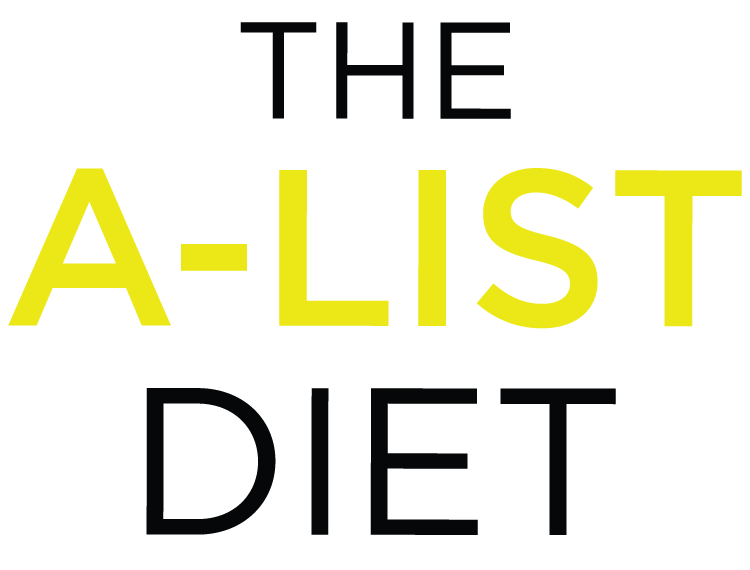I know I come down hard on food manufacturers. And for good reason. There’s a lot of underhanded tactics going on in the food industry, and they’re a major contributor to our country’s worsening obesity problem (not to mention all the horrors — like diabetes — that eventually leads to). But it’s not just factory-produced foods that are turning us into the most overweight (yet simultaneously malnourished) nation in the world.
Believe it or not, some farms are just as bad. And I can say this with absolute certainty because, a few years ago, I witnessed one first-hand.
I was hosting some out-of-town guests at my home in the Hamptons, and decided to take them on a tour of the area. One of our stops was a fish farm I’d heard good things about. So you can imagine how shocked I was when we arrived and opened the car doors to a stench that nearly gagged us.
Not only did it smell horrible, but the fish didn’t even look healthy. In fact, when you peeked into the tanks, they barely moved. I actually thought they were dead at first. Which wouldn’t have surprised me, considering the water they were “swimming” in was brown and putrid looking, with a layer of scum floating along the surface.
I was mesmerized and horrified all at the same time. I wish you could have been there — you would never want to eat farm-raised fish again. And the sad part is, farmed fish actually have the best living conditions of all conventionally raised animals.
These days, just about everyone is familiar with the term “grass fed beef” and its counterparts, heirloom pork and grass-fed lamb, are becoming more common as well. But what about fish?
For years, we were taught that fish farming was an acceptable thing and that it may actually be good for us. Judging from my experience, clearly that’s not the case.
We need to know the same things about the fish we eat as the other forms of protein: where was it caught, how was it caught, and most importantly, is it sustainable?
Here’s a quick guide for choosing fish:
- Buy it whole. Check to make sure the eyes are clear and not cloudy and the gills are bright red and not brown. This ensures that you’ve found a fish caught recently and stored properly.
- When buying fillets, they should be firm to the touch and have an iridescent sheen — not dull. And ask to smell them. They should smell clean, not fishy.
- Shellfish should be alive. Oysters should be closed and clams and mussels closed or partly opened. (I remember driving home from the Hamptons as a small boy and stopping at the side of the road to buy these by the bushel and my mother examining each one.) When the shell is partly opened, it should close if you tap it. Also, if you’re buying shellfish in bags, which is much more common these days, there should be a date of harvest stamped on it — it’s required by law.
Regardless of which varieties you choose, try to incorporate fish on your menu at least once a week. And don’t forget, no matter how much fish you eat, you should also take a high-quality fish oil supplement — one that provides 3,000 mg of EPA and DHA daily.
A-Lister’s Corner
- One of the main problems I’ve had on every other diet I’ve tried is that I get bored eating the same things every day. Is there more variety in the A-List Diet? –Jan H.
- You’re not alone, Jan. In fact, I think monotony is one of the main reasons so many people quit dieting before they see real results. Which is exactly why I encourage you to think outside the box when it comes to planning your meals on The A-List Diet.
Just because you’re used to eating certain foods at certain times of the day doesn’t mean you can only eat them then. There’s nothing wrong with having a salad for breakfast or bacon and eggs for dinner. In fact, it can mix things up nicely and keep you from getting bored — which makes you much more likely to stick with it for the long term.
One more thing…
Chapter 12 of The A-List Diet offers a full 30 days’ worth of meal plans that can help get you out of any dieting “rut” you might be experiencing. Obviously, you may not like everything I’ve included in this 30-day plan. But it’s simply meant as a guideline — to show you that dieting doesn’t have to be boring or restrictive. I encourage you to experiment with your own favorite recipes — and to try new ones, too.

